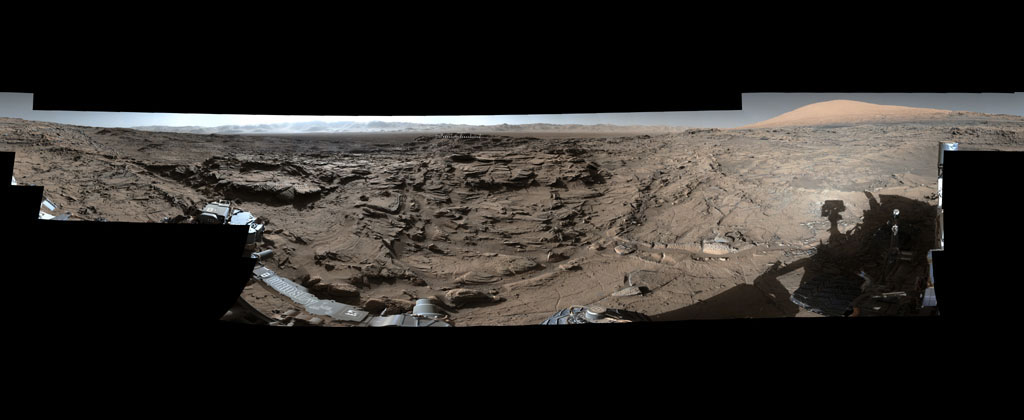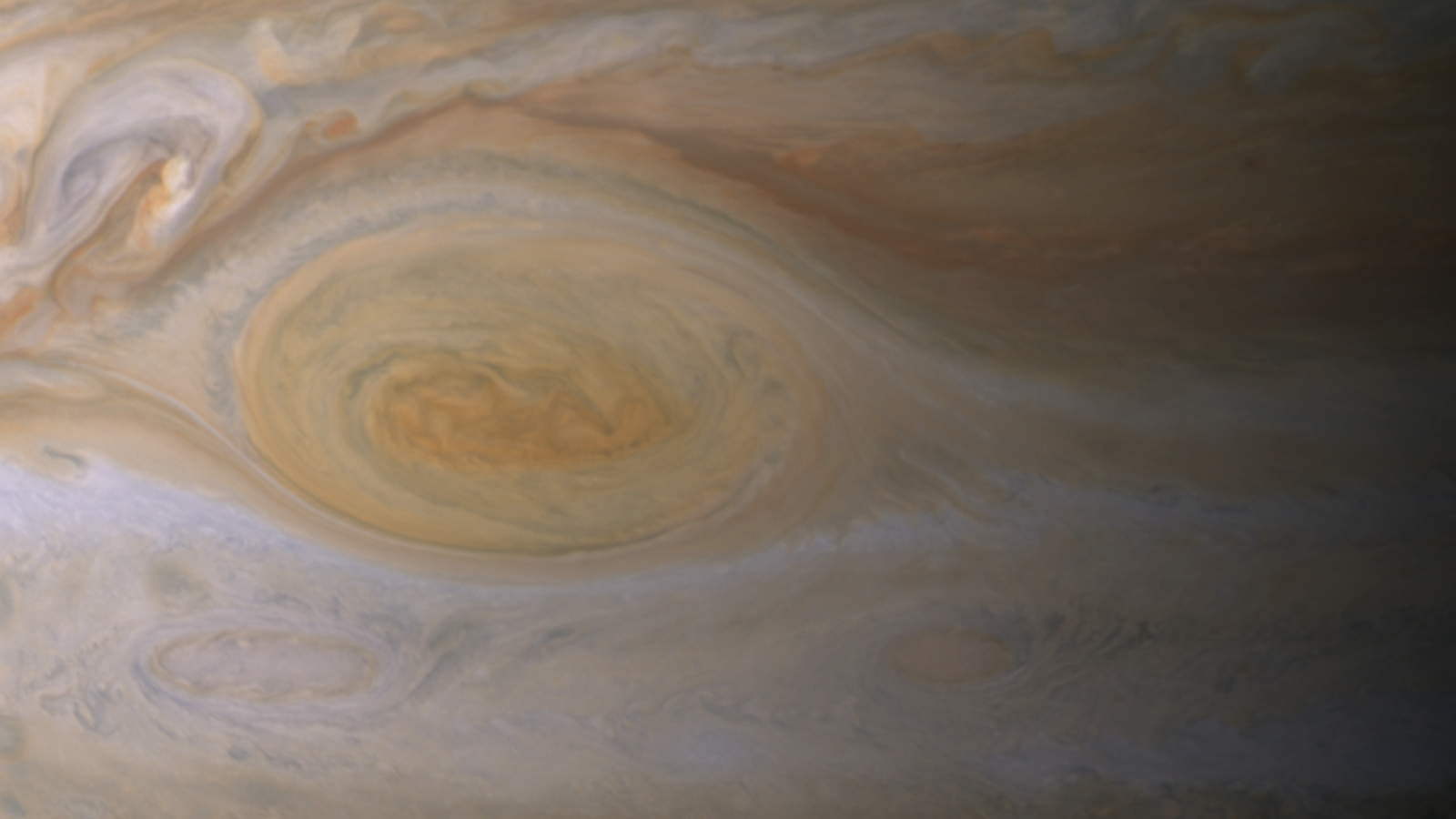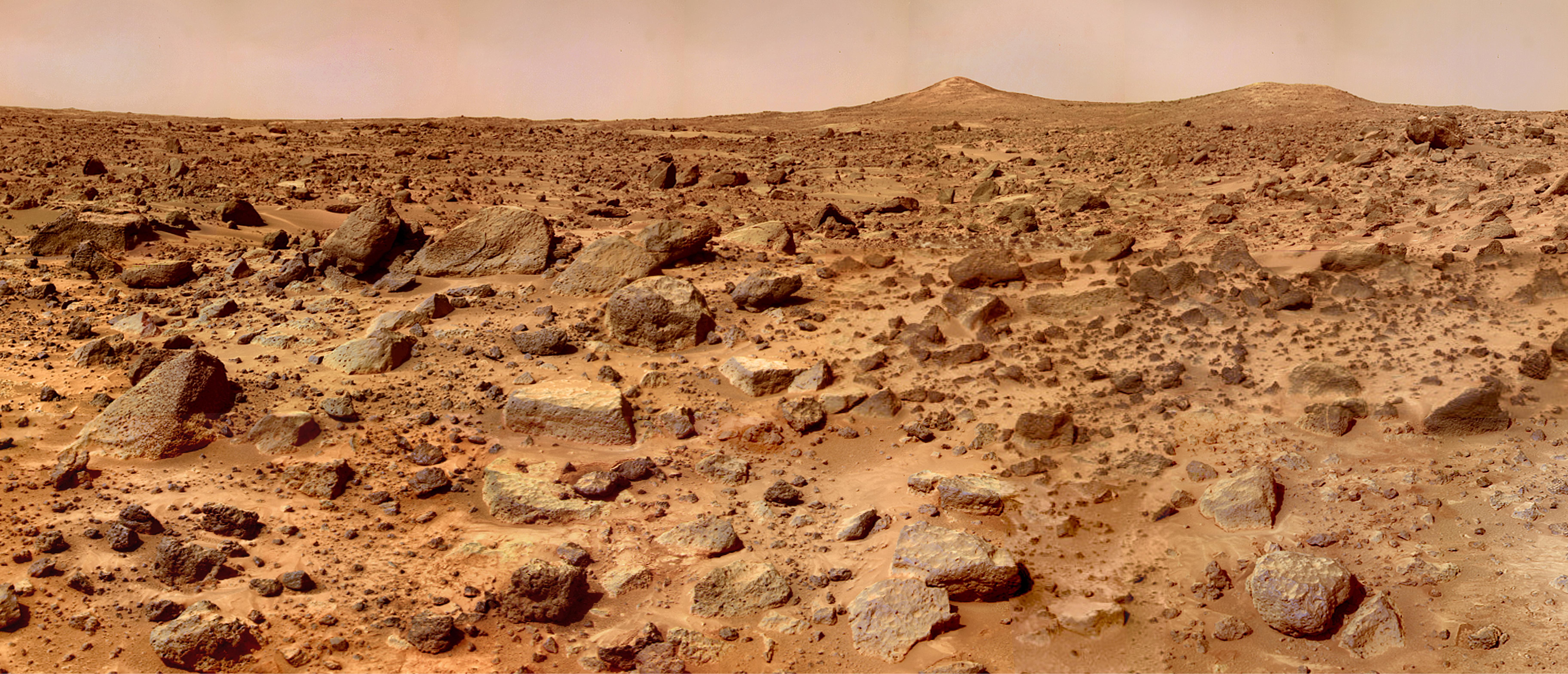Planetary scientists work to improve our understanding of the planets, satellites and smaller bodies in the solar system. By studying the atmospheres, surfaces and interiors of planets, researchers can get clues to the origins and mechanics of our own home planet. Examples of these studies focus on understanding the origins of planets, using radar to determine the physical characteristics of asteroids, and searching for asteroids that may pose a hazard to Earth. Research is carried out in the laboratory, from astronomical facilities throughout the world, and from spacecraft and landers.
Planetary Sciences
Planetary habitability is at the center of astrobiology research at JPL. Researchers conduct field and lab studies in microbiology and chemistry to help them plan for future planetary exploration missions.
Planetary science, geophysics, and geosciences studies at JPL focus on the solid bodies of the Solar System, with particular emphasis on terrestrial-like planets and major satellites.
Research in planetary atmospheres comprises a quantitative study of the atmospheres of major and minor bodies in the solar system and beyond. Investigations of gases, aerosols, hazes, and clouds apply broadly to global climate on the planets, meteorology and weather prediction, planetary evolution, and astrobiology.
Planetary geology and geophysics activities focus on exploring Earth and the other planets in our solar system. Researchers are involved in volcanology, tectonics, mantle dynamics, and mineralogy.
Studies involving small planetary bodies and near earth objects involve astronomy, and geology, modeling activities. Researchers in the field conduct those activities to learn about how planets form and also to identify objects in close proximity to earth. JPL has sponsored many programs to identify small planetary bodies and to support NASA missions.




